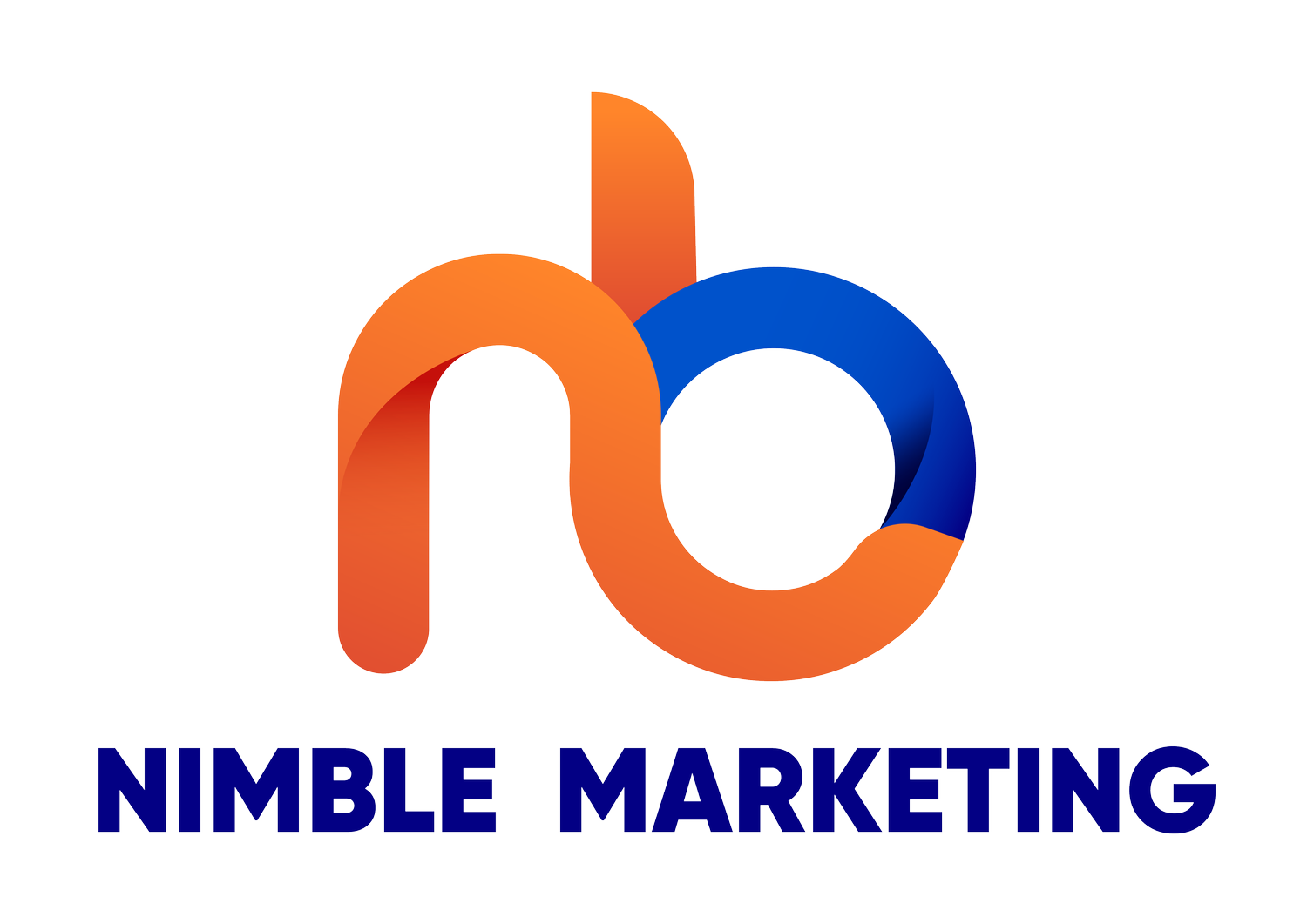Google Ads Introduces New Features for CTV Advertising
Google Ads has recently launched new features for advertising on Connected TV (CTV) devices. CTV advertising is becoming increasingly popular as more and more consumers are streaming content on their smart TVs, and Google Ads is making it easier for advertisers to reach them.
The new CTV advertising features include advanced targeting options such as demographic targeting, contextual targeting, and device targeting. This means advertisers can target specific audiences, locations, and devices with their ads to maximize their reach and impact.
Google Ads is also making it easier for advertisers to create and manage CTV campaigns. Advertisers can now use the same platform they use for their other Google Ads campaigns to create and manage CTV campaigns, making it more streamlined and efficient.
Another new feature is the ability to measure the impact of CTV campaigns using Google Ads' standard metrics, such as impressions, clicks, and conversions. This will help advertisers to optimize their campaigns for better performance and ROI.
With the recent shift to streaming, an increasing number of advertisers have made connected TV (CTV) campaigns a priority in their media strategies. Let's look at a few of the new tools that marketers utilise in Display & Video 360 to plan, purchase, and evaluate CTV campaigns.
The Reach Planner
Any digital campaign must begin with careful planning, which must be done correctly. Reach Planner in Display & Video 360 is used by advertisers to precisely predict the audience and anticipated results of CTV campaigns. It supports more effective budget allocation decisions for advertising by assisting them in finding new publishers and CTV inventory.
Reach Planner's TV capability allows users to compare the unique and incremental reach of streaming publishers like YouTube, Hulu, and Roku to that of traditional TV. In the US, Japan, Vietnam, France, and Germany, advertisers can now generally access this feature. Reach Planner's direct access to TV consumption data from the top 150 local Comscore areas allows US advertisers seeking more precise reach to connect with the relevant consumers.
Before spending money on a campaign, advertisers can utilise Reach Planner to have a better understanding of prospective results. Now that Deal ID forecasting is supported, it can assist marketers in anticipating how a Preferred Deal or Programmatic Guaranteed offer might perform. This is crucial for CTV inventory since deals are often used to transact high-value goods, especially during major events like the World Cup or the Super Bowl.
The Marketplace
In addition to Instant Reserve, making deals or activating inventory packages in the TV part of Display & Video 360's Marketplace are additional ways to get premium CTV inventory. The Marketplace helps advertisers in locating CTV inventory that can support them in achieving their marketing goals. To make it simpler for you to locate inventory packages and view predictions versus third-party audiences, we just included an audience filter.
Google recently introduced CTV audience options in Display & Video 360 for advertisers who want to reach audiences anywhere they watch connected TV content — like YouTube or other high-quality content like Disney or Tubi. First, by using their lists in their insertion orders or line items in their campaigns, advertisers may use their first-party audience lists to interact with people they already know. Then, they are able to increase the reach of their CTV advertising to reach groups like "sports enthusiasts" using Google audiences.
A New Report: Unique Reach Overlap
It's crucial to control ad frequency across CTV apps as families subscribe to more streaming services. Ad frequency on CTV devices can be managed with the use of Display & Video 360. For instance, in a recent campaign, Uber Eats set a cross-channel frequency objective for Display & Video 360 and passed on impression chances after the frequency goal was reached, enabling 10% more reach.
After managing ad frequency, advertisers can use reach analytics to evaluate how those frequency settings have affected CTV campaigns. According to the Unique Reach report, your ad was seen to how many people and how many times across various devices and media.
Unique Reach Overlap, Google’s most recent report, identifies unique reach overlap across publishers, campaigns, and devices, including CTV. Advertisers can decide campaign-level frequency caps using these insights. This lessens overlap amongst publishers, cuts down on media waste, and makes it easier to pinpoint which publishers and tactics are generating the most additional reach. This report is accessible both in Campaign Manager 360 and worldwide for all Display & Video 360 accounts.




